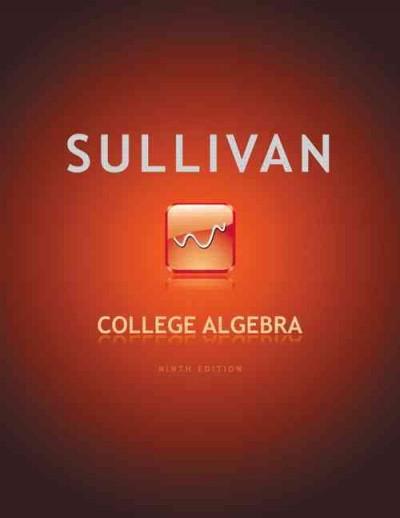Answered step by step
Verified Expert Solution
Question
1 Approved Answer
This question is about Henry & Rogers - Response Complexity in motor learning and control. The chart below shows how reaction time (RT) is affected
This question is about Henry & Rogers - Response Complexity in motor learning and control.
The chart below shows how reaction time (RT) is affected by changes in movement complexity, via the response programming stage of information processing.



Step by Step Solution
There are 3 Steps involved in it
Step: 1

Get Instant Access to Expert-Tailored Solutions
See step-by-step solutions with expert insights and AI powered tools for academic success
Step: 2

Step: 3

Ace Your Homework with AI
Get the answers you need in no time with our AI-driven, step-by-step assistance
Get Started


